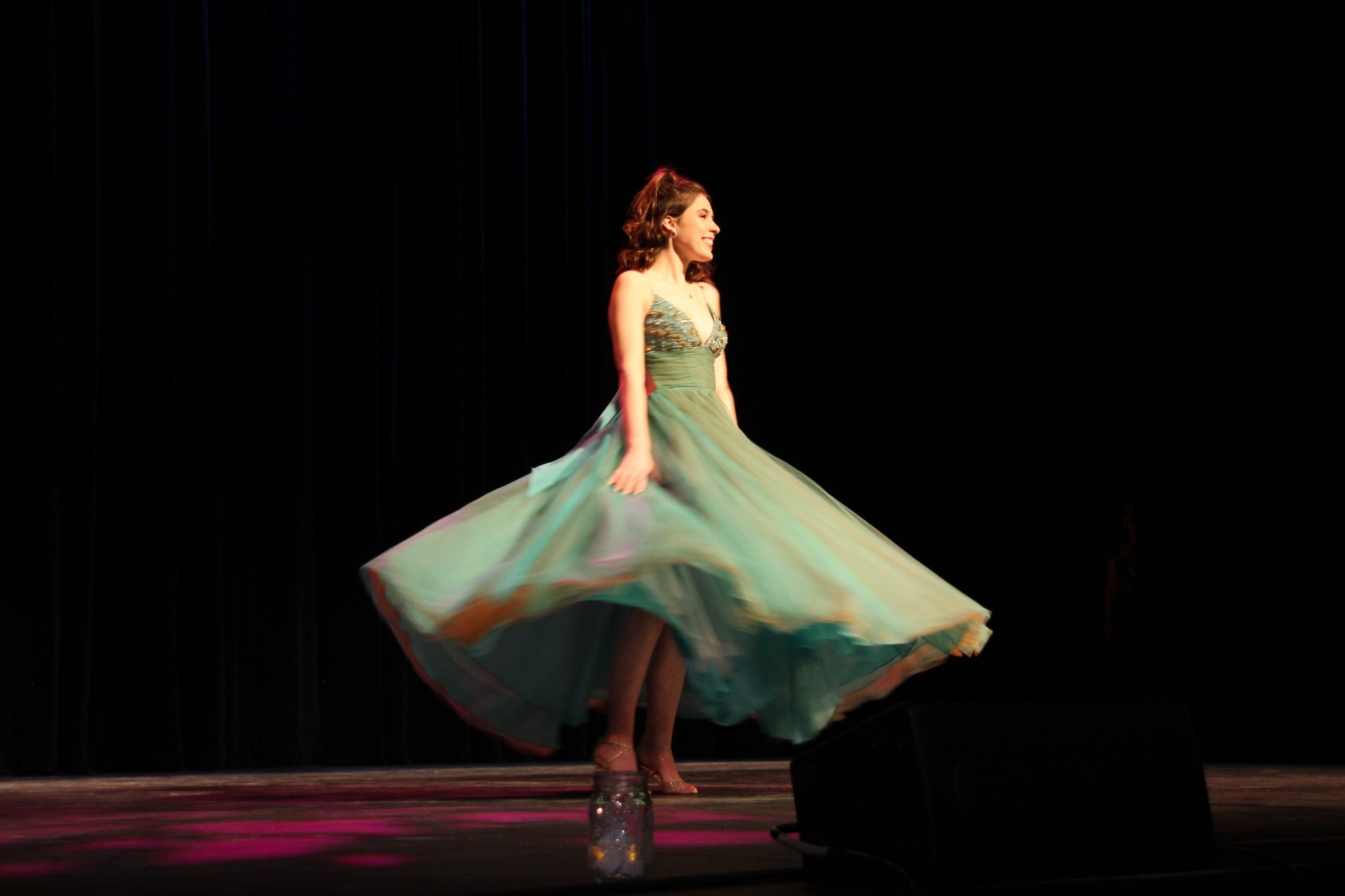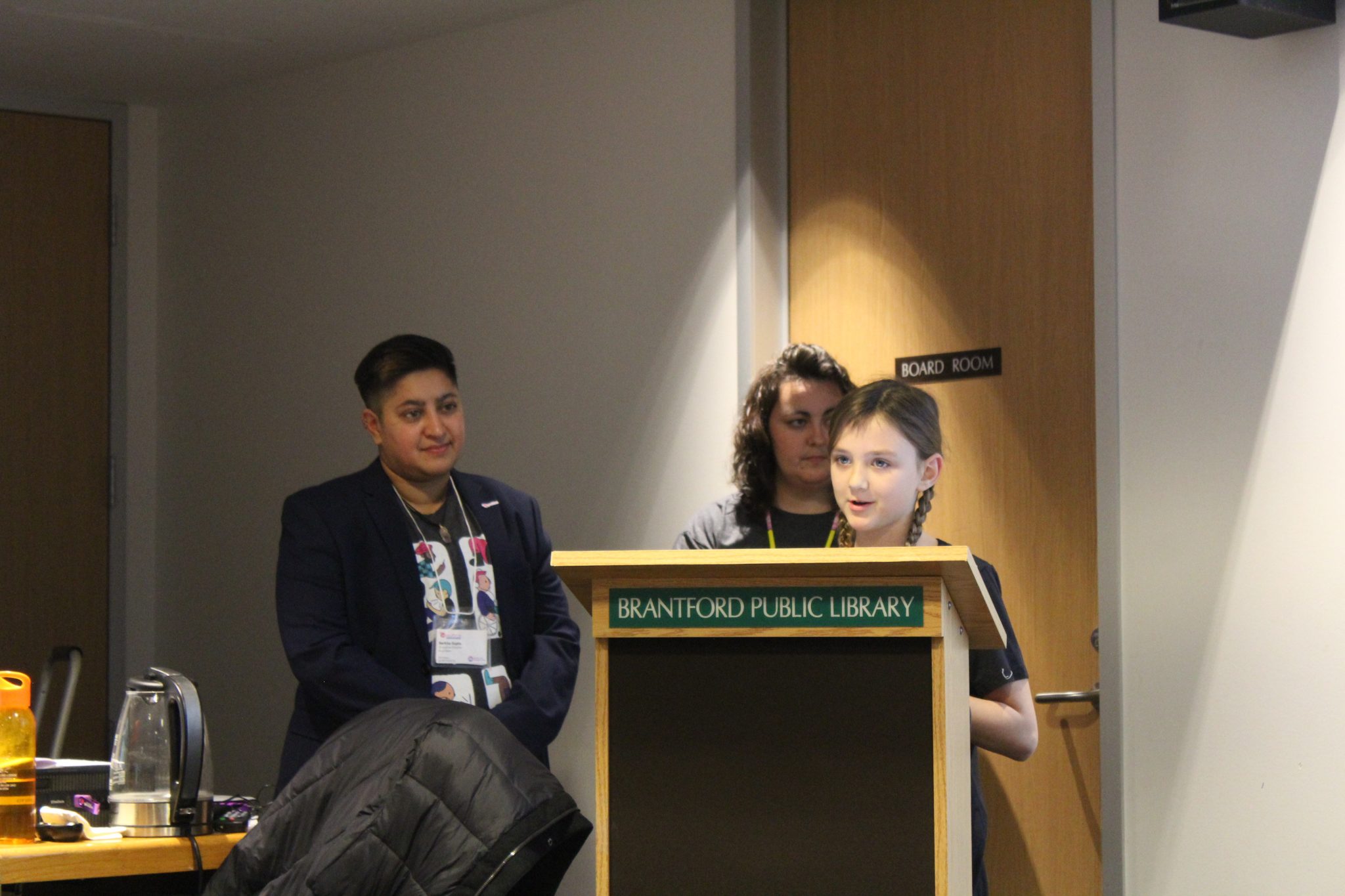Students in the Public Relations and Emerging Journalism and New Media concentration might be breathing easier come fall 2014 if the new Journalism program proposal is approved this December. Susan Ferguson, coordinator of the Journalism program, and associates have devised a new curriculum plan to resolve long-standing issues.
Each year, third-year students that choose to study the broadcast, public relations, or new media streams must attend Conestoga College in Kitchener for both fall and winter semesters. This typically small group of students are obligated to apply to Conestoga through Laurier, based on a loose agreement that the two postsecondary institutions have. However, the agreement is so loose that students in the public relations and new media stream have expressed frustration over what they feel is a strong disconnect between the two schools.
“I enjoyed what I got out of it, but there definitely needs to be a greater sense of organization,” said Chelsea Bendetti, who spent last year at Conestoga. Concerning the two institutions disconnect, Bendetti states, “It seems like a confusing process to go there in third year and then come back.”
Kathleen MacDonald is a public relations student and, like Bendetti, acknowledged that she loved the experience of studying at Conestoga, but that it was not what she expected. She explained that Laurier had led her to believe that she would be studying the art of public relations to a greater extent. Instead, the coursework offered at Conestoga was mostly marketing-oriented, with only one public relations course out of a total of 14 for the year.
“I thought we would learn more about PR campaigns, and how to spin certain things,” said MacDonald of her time at Conestoga. She added, “We actually spent a lot of time on journalism ledes, and we were told that what we had learned about ledes at Laurier was wrong.”
Because the Conestoga New Media and PR streams are considered post-graduate programs, the college had little understanding of the Laurier students’ presence. At one point, Conestoga contacted the Laurier students requesting proof of an undergraduate degree.
“The Conestoga teachers had no idea who we were or why we were there,” commented MacDonald and Bendetti. Bendetti added, “The university just sent us away, not knowing what’s involved.”
Upon returning to Brantford, Bendetti and MacDonald found that the journalism program had not made any accommodations for their distinct academic situation. This problem for Bendetti and company is no more apparent than in the Journalism Project course, where students from all journalism streams must complete a research project on a topic of choice. While there are two professors overseeing the course, one for broadcast and one for print students, a PR instructor is yet to be appointed to oversee and assist the PR students.
“I feel like they’re asking us to jump back into print, when our focus is in PR,” Bendetti said of the nature of the Journalism Project course. MacDonald added that upon returning to Brantford, it seemed that Laurier had “no idea” what they had done there.
The issues that MacDonald and Bendetti have experienced are not something that the university has taken lightly, and they may just become a thing of the past coming this winter. Laurier, aware of the problem, decided it was time for change.
“The departure of students to Conestoga hasn’t been a popular option, so we’ve been wanting to work around that for quite some time, and this was a good opportunity,” said Ferguson.
On the issue of the Conestoga course content not living up to student expectations, Ferguson commented, “The key problem is that you’re working with two autonomous universities, so they can make changes to their curriculum, without us.” She added, “We need to make sure the students know what they are getting.”
Ferguson also explained that due to the Freedom of Information and Protection of Privacy Act (FIPPA), Laurier could not have access to their students’ transcripts and other information while at Conestoga. As a result, Laurier’s administration did not fully understand what content their students had been studying. According to Ferguson, that issue should be solved, as both institutions have managed to work around the information exchange restrictions posed in FIPPA.
The proposal for the revamping of the journalism program is essentially, as Ferguson describes it, a “rejigging of the curriculum.” Instead of Laurier students coming to Conestoga, Conestoga will be coming to Brantford, bringing its digital media program along with it. Conestoga’s digital media program will also be a four-year program, rather than just a one-year stint.
With the new program proposal, students will have three stream options to choose from. These options include Media Studies, a more theoretical program analysis of journalism; Print and Broadcast Journalism, which will teach students both technical and writing skills; and Public Relations, which will instruct students on public opinion research, influence and persuasion, and the political implications.
“The key thing is all will learn the technical skills, and still be learning the art of story-telling,” Ferguson explained. “All streams will learn the politics of issue-advocacy; those are the fundamentals of the core curriculum.”
Although the proposal is yet to be approved, prospective journalism students might very well have a bright academic future to look forward to. As it now stands, Laurier will continue to listen to the concerns of the journalism students.



